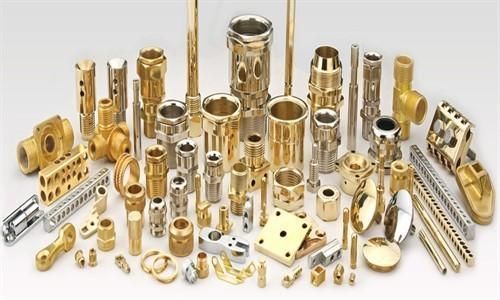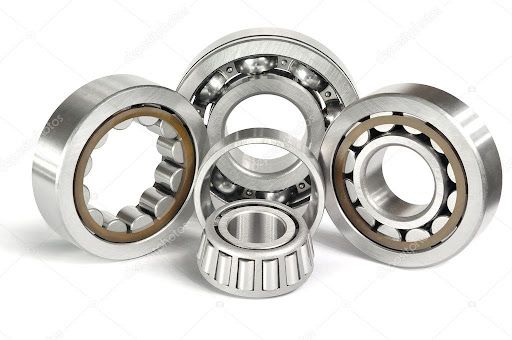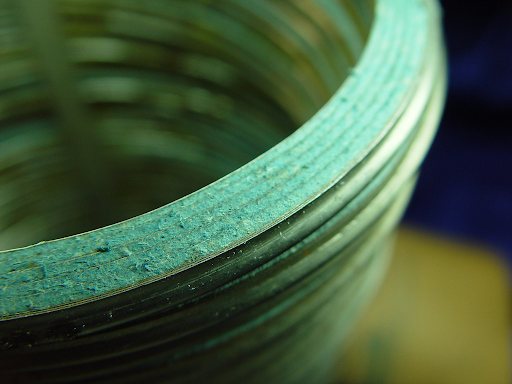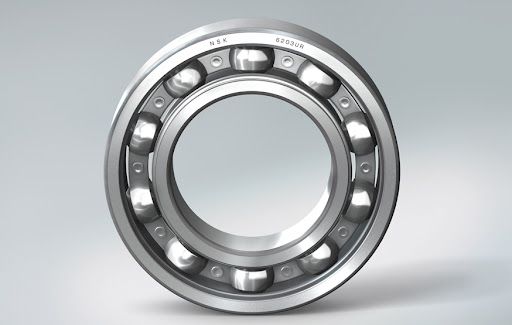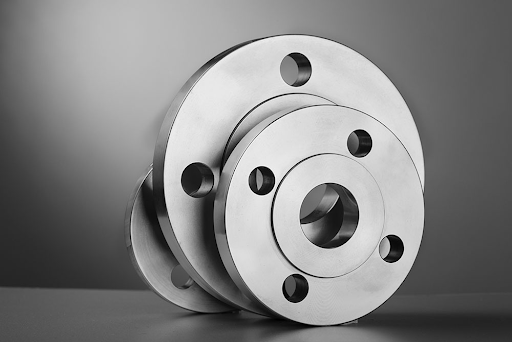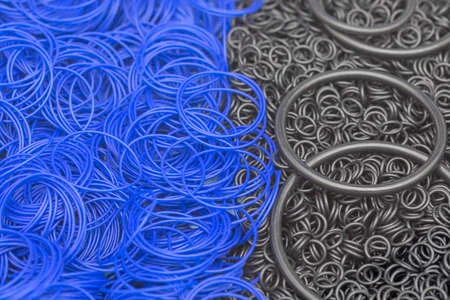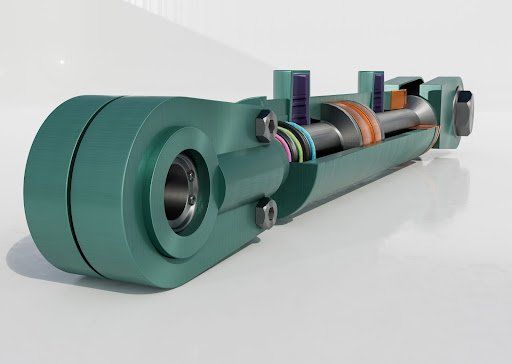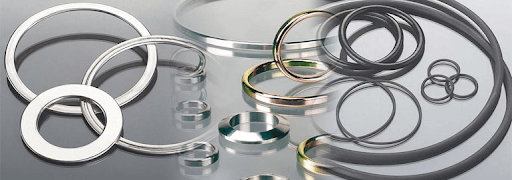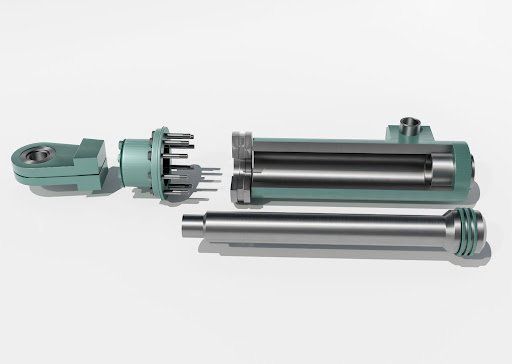Preventing Mechanical Seal Failure
Mechanical seals are used in pump systems to help join the systems together and prevent leakage of the pumped product, contain pressure, and exclude contamination. A typical system for a simple mechanical seal is comprised of the seal, the stuffing box throat bushing, a liquid flush system, an auxiliary seal and flush, as well as barrier fluid, if necessary. Most modern pump systems are moving more towards mechanical seals as opposed to traditional pump packing and while there are many advantages to using the mechanical method, it does come with its potential failures.
Mechanical seal failure is a common issue, afflicting operators and engineers from many different industries. As with most failures, the most common reason is usually down to human error, either because of improper installation or from poor maintenance and application. To ensure that your mechanical seal operates reliably and trouble-free for an extended period, consider the following common reasons for failure.
Improper Installation and Misalignment
Before installation, the most critical error that most people make is selecting the incorrect seal for the application. Seals fall into many different categories, so you need to consider your normal operating conditions, machine set-up, and non-process activities such as cleaning and flushing, before making your selection.
Once you have the correct seal for the application, it’s important to remember that mechanical seals need to operate in a properly controlled environment and this begins with correctly installing the seals so that the seal faces are perfectly aligned, maintain contact, and have sufficient lubricant and cooling systems in place. Mechanical seal faces are incredibly flat making them extremely sensitive to contamination. Even the smallest amount of dirt, oil, or even fingerprints, can cause misalignment.
An improperly installed and misaligned seal causes damage to the O-rings and can result in pump vibration, which will cause extensive damage to the equipment and seals themselves. Vibration can also be the result of pump imbalance or from operating the pump outside of its BEP (Best Efficiency Point). Another error that is commonly made is using a hammer to pound couplings onto the shaft. Hammers and fragile seal faces do not go well together and continuing this practice will cause irreparable damage.
Improper Operation and Maintenance
Once the seal has been installed correctly, there are still important points to remember during operation to avoid causing any unnecessary damage. Incorrectly starting the pump can cause the motor to trip and the shaft to twist. This orbital movement will cause the internal parts to contact, resulting in seal failure and bearing wear. Allowing the pump to run dry can also be detrimental to mechanical seals, causing thermal shock and nearly instant shattering. A critical element to using mechanical seals is a coordinating flush plan. Without a flush plan, contaminants build up, causing extreme heat and seal erosion.
To avoid the potential pitfalls mentioned above, look to your trusted, local seal supplier for assistance with selecting the correct seal and for guidance on the best operational and installation practices. At Bearing Centre , we pride ourselves on our superior service and industry expertise. Give us a call today!

